American Stars #7 Gramercy Park by Jeanne Arnieri
Anna's family's land farmed by the Dudleys for 300 years
is now the Dudley Farm Museum with an 1844 house
on the ten acres in Guilford, Connecticut.
Reverend Timothy Field's home in Canandaigua
We spent a year with the Fields/Beals/Richards branch
of the family in our BOM Yankee Diary. See the link below.
Younger brother David Dudley Field graduated in 1802 and remained in Connecticut.
Submit Dickinson Field (1782-1861)
From her FindaGrave site
He married Submit Dickinson soon after graduation (Gotta love those Puritan names.) He and Submit raised nine children. Their seven sons became distinguished and a few achieved fame.
You may be familiar with the name Cyrus Field, the youngest boy, skilled in sales and business. Unlike his brothers he had no interest in college or the ministry and went off to New York to work for department store innovator A.T. Stewart. Cyrus then bought a paper mill and made a fortune, retiring in his 30s with millions in today's dollars.
Cyrus's older brothers also achieved success in various areas. David Dudley Field II was a successful attorney who left New York an improved penal code. He became influential enough in New York society to merit his own brand of cigars.
Daughter Emilia Field Brewer married a minister
and went to Turkey as a missionary for a time.
Cyrus West Field (1819-1892)
Brady Studios
Smithsonian American Art Museum
Cotopaxi by Frederic Edwin Church, 1855
Cyrus became patron and traveling companion to artist Frederic Edwin Church. They spent half of 1853 in Latin America with Church painting landscapes based on the trip.
Another retirement project: Cyrus decided to engineer and sponsor a cable across the Atlantic to connect telegraphy between Europe and America. It took 12 years and cost enormous sums. The cable broke; was re-laid twice. By 1866 Morse code carried instantaneous news across the ocean.
Sheet Music
1866 Public Relations
His skills in publicity and sales were put to good use in gathering support for the cable project, one reason his name resonates today.
The Field Brothers
(Missing brother Timothy, a midshipman, was lost at sea when
he was in his 20s.)
David Dudley Field (1805-1894)
David and Cyrus commissioned twin houses (now destroyed)
in New York's exclusive Gramercy Park neighborhood.
Brother Matthew Dickinson Field was an engineer specializing in bridges. Jonathan Edwards Field was also a lawyer, working with David.
Stephen Johnson Field (1816-1899)
Stephen Johnson Field, the most combative of the brothers, left the family law firm during the Gold Rush where he became a California judge and politician. During the Civil War Abraham Lincoln appointed the Californian to the U.S. Supreme Court where he had a long if checkered career.
Henry Martyn Field (1822-1907)
Henriette Deluzy-Deportes (1813–1875)
Henriette, born out of wedlock with few prospects, was governess for the Duc and Duchesse de Choiseul-Praslin. Duchesse Francoise, a quarrelsome, jealous woman, was suspicious of the governess's relationship with her husband Charles and fired Henriette. One night in 1847 Charles killed his wife in a fit of rage. The former governess was accused of complicity. When Charles committed suicide after a week in jail Henriette was freed but a cloud of suspicion hung over her head.
Gramercy Park remains a private, locked park for the residents.
The Block
American Stars #7 Gramercy Park by Becky Brown
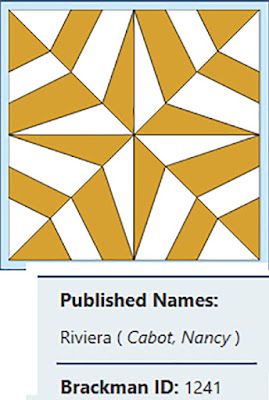
Later Generations
We'd probably know nothing about Mrs. Henry Field's scandalous past if a later Field did not turn Henriette Deluzy-Deportes Field's tale into a best-selling novel.
Rachel Lyman Field (1894-1942) and Spriggen in 1929
Rachel Field, granddaughter of the bridge-building Matthew and wife Clarissa, wrote several popular books including All This and Heaven Too, Henriette Field's story. Rachel's novel was made into a 1940 movie starring Bette Davis as Henriette and Charles Boyer as the murderous Duc.
Rachel, Spriggen and Bette Davis
Barbara O'Neill won an Academy Award for her role as the
unfortunate Duchesse.
https://quiltindex.org/view/?type=page&kid=35-90-204
Writing was a family gift. Like diarist Carrie Richards "John Oliver Hobbes" was descended from the first Timothy Field through the Canandaigua branch. Hobbes was a penname used by best-selling novelist Pearl Richards Craigie.
Pearl Mary Teresa Richards Craigie (1867-1906)
Further Reading and Watching
Bette Davis as the governess.
Ooooh, la, la!
Becky Brown's model blocks are finished with hand-dyed
setting fabrics from Vicki Welsh who also machine quilted it.
Those Country Schoolhouse Quilters are an industrious lot
who make quilts for veterans.









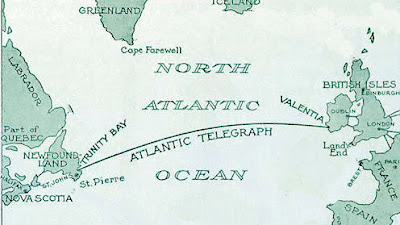

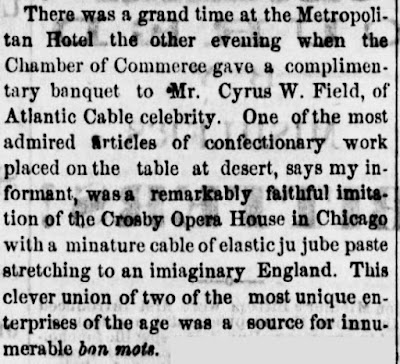
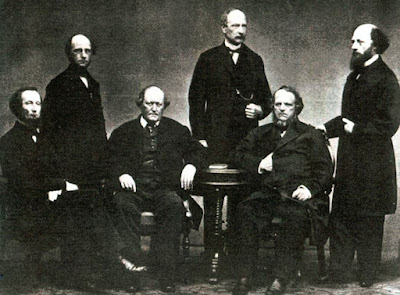




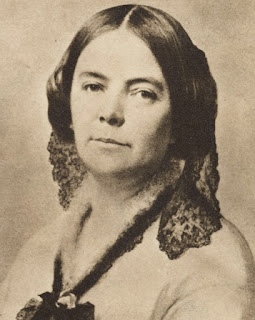


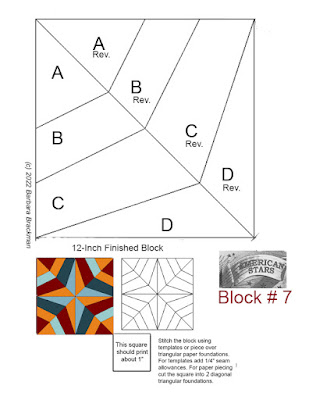












1 comment:
So very interesting. What a cool story of the Fields.
Post a Comment